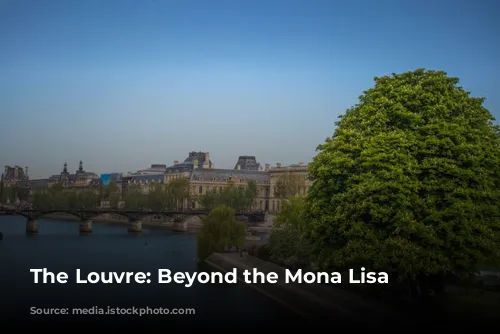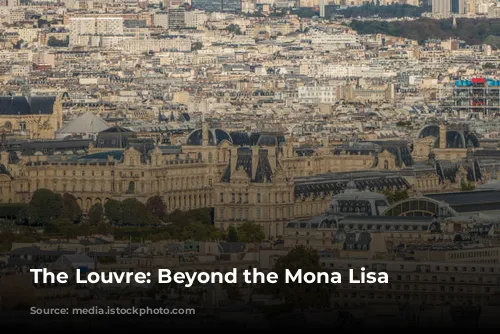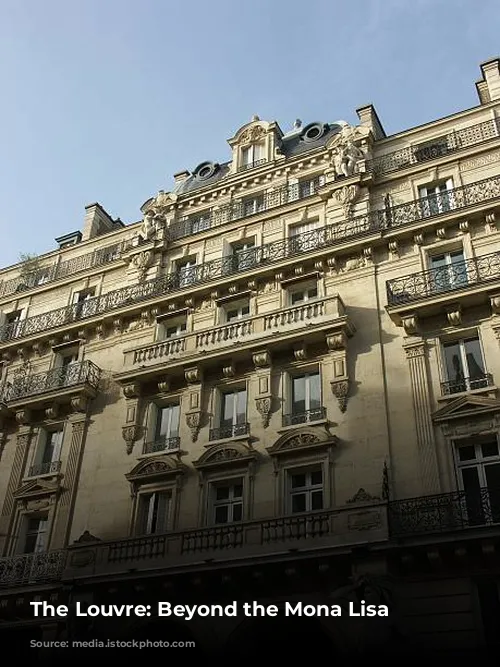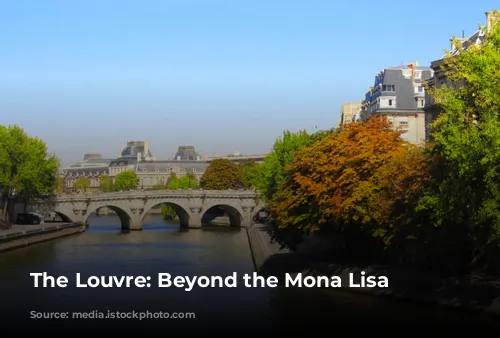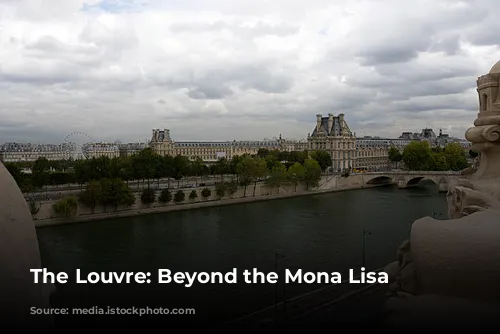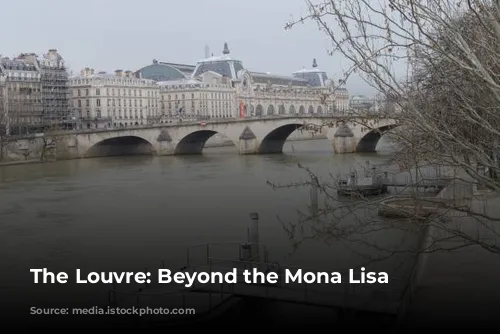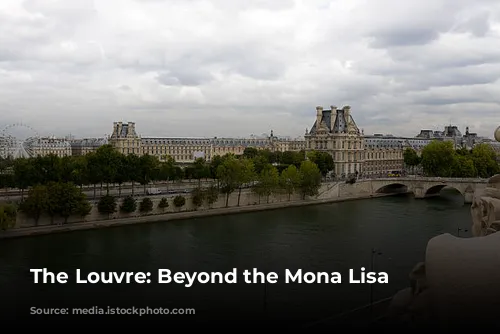The Louvre Museum in Paris is a global icon, a treasure chest brimming with artistic masterpieces. From the captivating Venus de Milo and Winged Victory of Samothrace sculptures to the breathtaking canvases by masters like Vermeer and Caravaggio, the Louvre boasts an unparalleled collection that captivates art enthusiasts worldwide. But beneath its glittering surface lies a wealth of fascinating secrets waiting to be discovered.
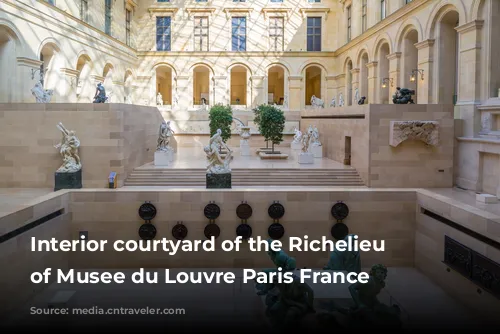
More Than Just a Museum
The Louvre isn’t just a museum; it’s a historical monument that has witnessed centuries of French history. It began its life as a fortress, built by King Philip II in 1190 to defend Paris. By the 14th century, it had transformed into a royal residence under Charles V. King Francis I later replaced the medieval structure with a grand Renaissance palace in the 16th century, adding his own architectural flourishes to the existing building. The Louvre finally opened its doors to the public as a museum during the French Revolution in 1793.
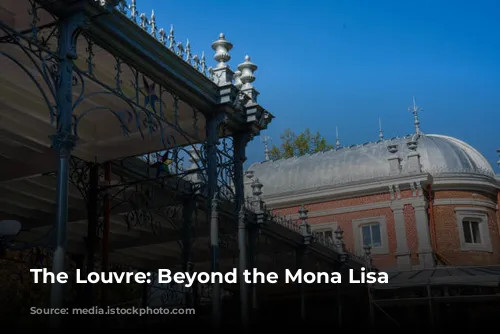
A Palace with a Past
For a time, the Louvre even housed the French Ministry of Economy and Finance. Until 1989, you could send your tax returns to this esteemed institution, as the ministry resided in the Richelieu wing. However, President François Mitterrand, in a bold move, decided to dedicate the entire Louvre to the arts, relocating the ministry to a more modern building.

A Place of Learning
The Louvre isn’t just about admiring art; it’s also a place of learning. The École du Louvre, an esteemed institution of higher education, is nestled within the museum’s riverside wing, the Aile de Flore. Here, students can delve into the mysteries of archaeology, anthropology, art history, and epigraphy, preparing for careers as curators, excavators, and even Louvre tour guides.
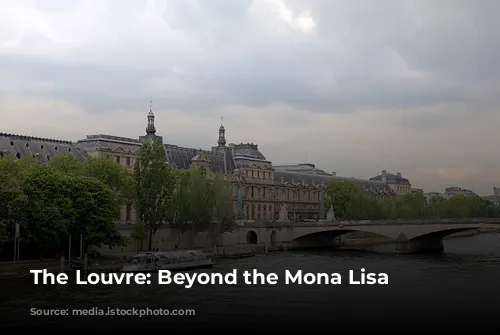
A Global Legacy
The Louvre isn’t limited to Paris. In 2017, the Louvre Abu Dhabi opened its doors, offering a unique blend of art and architecture. But that’s not all. In the heart of northern France, the Louvre-Lens, a satellite of the Parisian Louvre, boasts a modern design by the renowned architecture firm SANAA. This museum, located in a former coal mining town, showcases a selection of the Louvre’s vast collection. The decision to locate this branch outside of the metropolitan center was deliberate, aiming to bring art to a wider audience.

A Painter’s Paradise
Have you ever wondered about the artists who capture the magic of the Louvre on canvas? They’re part of a rich tradition dating back to 1608 when King Henri IV invited artists to copy works from the royal collections. This tradition continues today, albeit with a more rigorous application process. Each year, around 150 to 200 experienced artists are selected to spend three months within the museum’s walls, honing their skills by replicating masterpieces. If you’re lucky enough to make it onto the two-year waitlist, this unique opportunity allows you to delve into the heart of art history and recreate some of the world’s most cherished artworks.
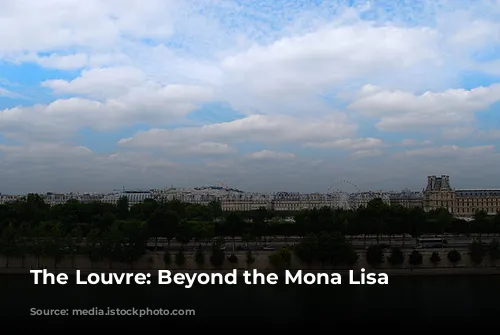
A Legacy of Art and History
The Louvre is not just a museum; it’s a living testament to the enduring power of art and history. From its humble beginnings as a fortress to its current role as a global center for artistic inspiration, the Louvre continues to captivate and inspire visitors from every corner of the globe. It’s a place where history and artistry converge, offering a glimpse into the past and a source of endless fascination for the present and future.

